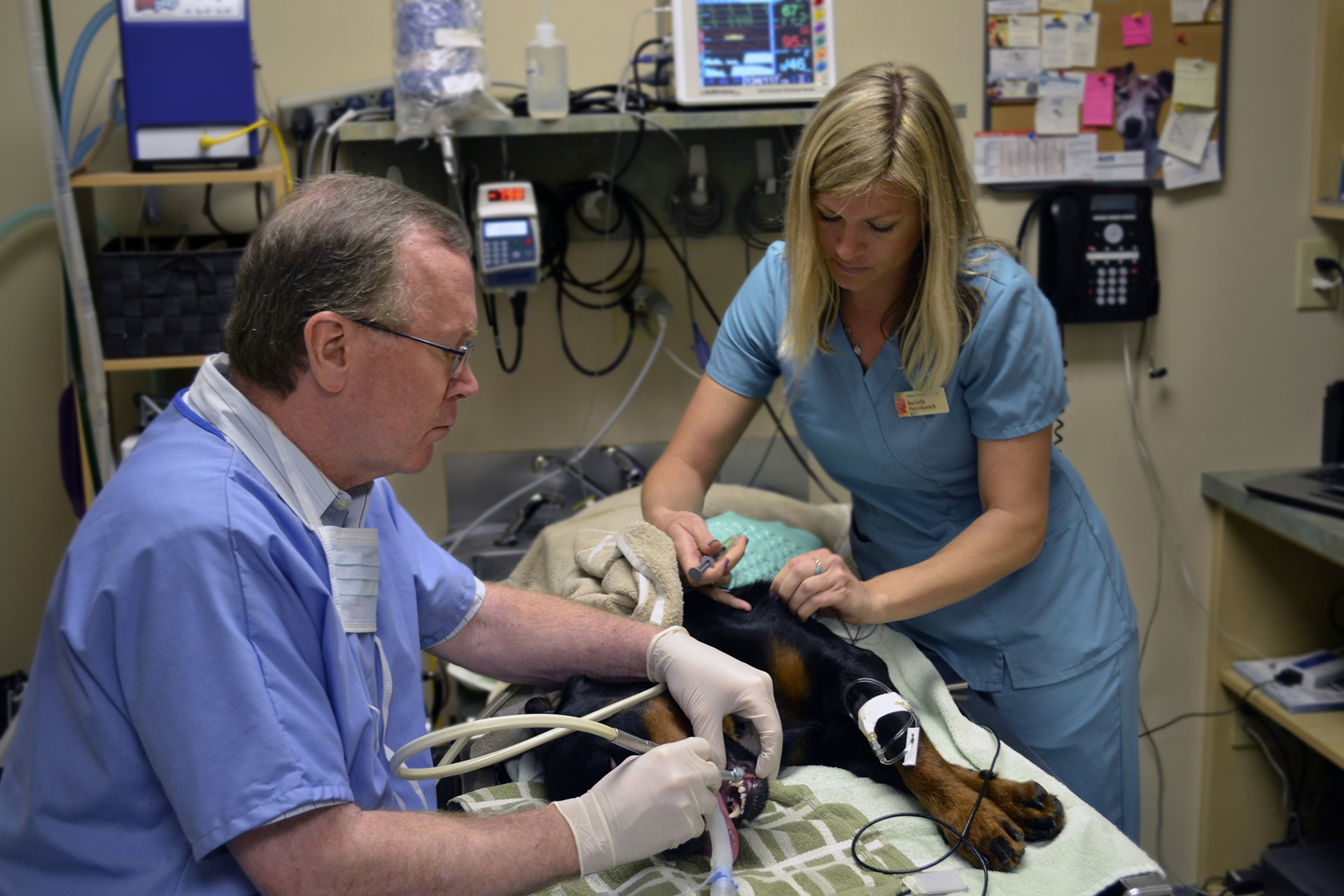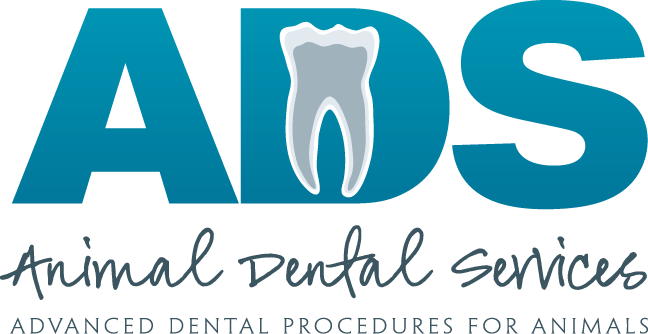Anesthesia for the Dental Patient

We know that some pet parents are apprehensive about anesthesia so we wanted to answer a few common questions and provide the facts.
Q: Why does my pet have to be placed under general anesthesia for dental care?
To properly clean a dog or cat’s teeth they need to be ultrasonically scaled and polished above and below the gum line. Therefore, anesthesia is essential to ensure that the examination and treatment procedure can be completed with safety and comfort for your pet.
The American Veterinary Medical Association (AVMA), American Animal Hospital Association (AAHA), and the American Veterinary Dental College (AVDC) all agree that dental cleanings should be done under anesthesia. “A complete oral examination, which is an important part of a professional dental scaling procedure, is not possible in an unanesthetized patient.”1
In fact, the AVDC goes on to state that dental scaling without anesthesia is inappropriate for a number of reasons:
- Risk of injury – without sedation, even slight head movement could result in injury to oral tissues and the operator may be bitten.
- Lack of access – it is impossible to access the subgingival (above the gum line) area of every tooth in a pet that is not anesthetized. This is where plaque and bacteria are found, and the source of periodontal disease.
There are distinct advantages to anesthetizing the patient for dental care:
- Cooperation of the patient, reduction of fear and anxiety
- Elimination of pain resulting from examination and treatment of affected dental tissues during the procedure
- Protection of the airway and lungs from accidental aspiration
Anesthesia keeps the pet immobile for examination and treatment. It allows the veterinary dentist and technicians do what needs to be done in the shortest period of time without anxiety or discomfort for the patient.
Q: How is anesthesia delivered?
There are different ways to provide anesthesia, from intravenous or intramuscular sedation to general or inhaled routes. Each has its place, depending upon the situation.
Dental procedures require intubation (placing an endotracheal tube into the trachea) to prevent bacteria-laden debris from entering the respiratory system. This can only be done under general anesthesia.
Q: How do you maximize safety and minimize risks?
Prior to undergoing anesthesia, each pet is examined with particular attention given to their heart and lungs to ensure they are healthy enough for the procedure. Diagnostic pre-operative blood testing of organ function is often performed to confirm that the patient can safely be anesthetized. Sometimes we recommend other testing such as chest x-rays or urine analysis to determine if there are any other underlying conditions we should be prepared for in the creation and administration of the anesthetic protocol. We must be made aware of any preexisting medical conditions or medications your pet is taking as well.
Safety during anesthesia is maintained by careful support and monitoring of your pet by a registered veterinary technician. Vital signs such as temperature, heart rate, respiration, and carbon dioxide levels are constantly evaluated. Each patient receives an intravenous catheter and fluids, and is kept warm by a circulating warm water pad.
Patients receive the same attention during the post-operative recovery period. Many patients are awake and standing within 15-20 minutes of completion of the procedure and go home the same day.
While no one can guarantee the outcome of anesthesia, as a board certified veterinary dental specialist, Dr. Van Nice and his staff are trained to provide safe anesthesia and to minimize pain for your pet.
1 “Companion Animal Dental Scaling Without Anesthesia,” American Veterinary Dental College (AVDC), www.avdc.org/statements.html
